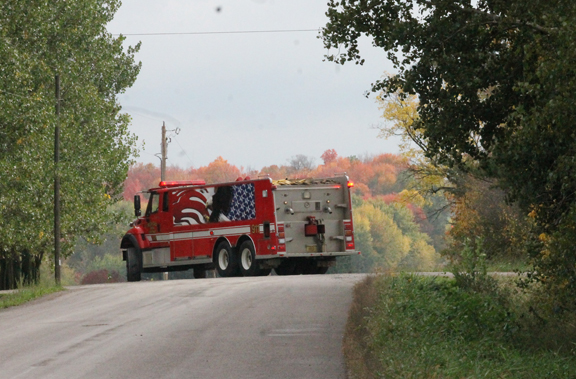Aerial spraying begins in May for gypsy moths
Starting in May, the Wisconsin Department of Agriculture, Trade and Consumer Protection (DATCP) will spray for gypsy moth in 18 western Wisconsin counties. Residents in the affected areas listed below can expect loud, low-flying, small, yellow planes as early as 5 a.m.
“Aerial spraying is the most efficient and effective treatment method, to help slow the spread and delay the impacts associated with gypsy moth outbreaks,” said Christopher Foelker, the DATCP’s gypsy moth program manager. “It’s important to slow this invasive pest.
Well-established gypsy moth populations cause damage to forests, which impacts natural resources wildlife, tourism and the timber industry.
Aerial spraying in western Wisconsin, will focus on where gypsy moth populations are low or beginning to build, in an attempt to slow them from moving farther west. Spraying is scheduled for the following counties: Chippewa, Rusk, Bayfi eld, Buffalo, Burnett, Crawford, Douglas, Dunn, Grant, Green, Iowa, Lafayette, Polk, Richland, Sawyer, Trempealeau, Vernon and Washburn.
The DATCP’s plan is to start in southern Wisconsin, in mid-May, and end in the northern part of the state in July. The ability to spray is dependent on when caterpillars hatch and weather conditions (calm, no precipitation, low humidity).
Planes fly low just above treetops so the treatment reaches the canopy leaves where caterpillars feast. From mid-May to early June, planes will spray a treatment called Bacillus thuringiensis var. kurstaki (Btk) to kill caterpillars.
Btk is made from a naturally-occurring soil bacteria and is used in certified organic food production. It is not toxic to people, bees, pets or other animals. However, people with severe allergies may prefer to stay indoors during nearby treatment applications.
In late June to early July, planes will spray a gypsy moth pheromone that prevents the adult male gypsy moth from searching for a female to reproduce. The mating disruptor is organic and biodegradable.
For more information, visit datcp.wi.gov.



